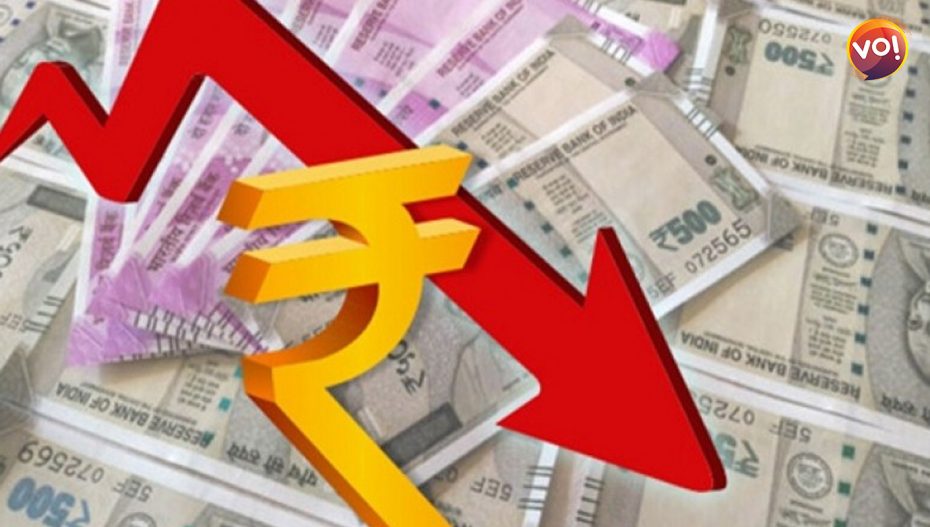In 2022, the Indian Rupee has depreciated by 3.5 percent against the US dollar. The rupee has fallen by more than 1.2 percent in the last month alone. Five years ago, in 2017, the rupee was worth Rs. 64.60 against the US dollar.
Fueling Inflation:
The fall in the rupee is increasing the cost of imports and fueling inflation in the country, which is already above the RBI’s target range of 2-6 percent. As a result, sectors such as fast-moving consumer goods (FMCG), metal, and banking, among others, are suffering. However, stocks in export-oriented sectors such as information technology, pharmaceuticals, specialty chemicals, and textiles may be better bets as the rupee falls, as a weaker rupee may boost exports.
Opportunity for NRIs:
While investing in assets or spending in Indian currency in a foreign land may become more expensive, there are opportunities for an NRI to capitalise on. If you are an NRI investing in your home country, India, with the depreciation of the Indian currency, every dollar you repatriate home is worth it as you get more value for every penny.
Investments in Fixed Deposits Lucrative:
The rise in inflation has encouraged Central Banks globally to reduce liquidity in the markets, which has successively led to an interest rate hike. This move has made investments in domestic fixed deposits more lucrative, with a ten to 20 basis points increase in interest rates applicable to NRE and NRO accounts for specific investment tenures. An identical effect is seen in new bonds issued at higher interest rates, making debt mutual funds more lucrative for NRIs also.
Real Estate Investment:
When the Rupee is falling in value, land is a good investment. land has been the most devoured asset by NRIs. With the depreciation of the Rupee, NRIs with existing home loans in India can now pay off higher values on loans at the identical value of EMIs as before.
Read Also: India’s Higher Inflation Numbers Forces Companies Towards Shrinkflation














